
Introducing the BuzzFeed News newsletter JPG — this weekly newsletter will feature the most powerful images from around the internet, as well as behind-the-scenes exclusives from renowned photographers and our hard-hitting photo stories.
2018
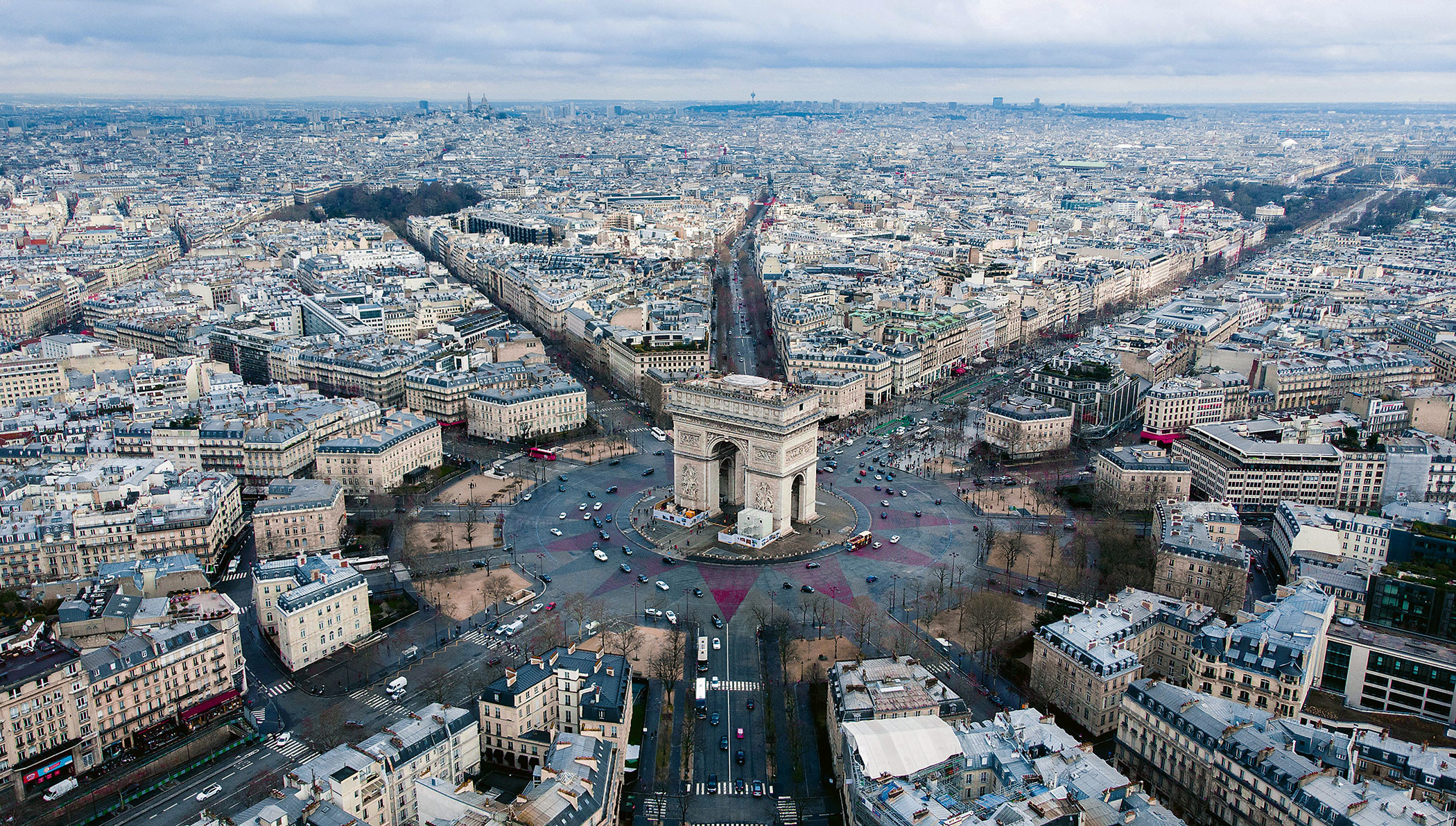
From as long ago as the invention of photography in the early 1800s and on through the first flight by the Wright brothers in 1903, people have always been fascinated by the bird's-eye perspective. To finally see the world as birds do was not just an enormous technological feat but also a paradigm shift in how we understand the world around us. In gigantic leaps and bounds, each new advancement in technology offered new ways of seeing the world and therefore changed the course of history forever.
A new book titled From Above: The Story of Aerial Photography explores the long and exciting history of aerial photography. BuzzFeed News spoke with the book's co-author, photographer Eamonn McCabe, on how the progress of aerial photography coincided with major events that defined world history.
How does From Above approach the history of aerial photography?
Eamonn McCabe: This book chronicles everything from Nadar's balloon photography in the mid-1800s to the use of drones today. We felt like there was a need in understanding how images from above have functioned historically and continue to progress.
1860–65
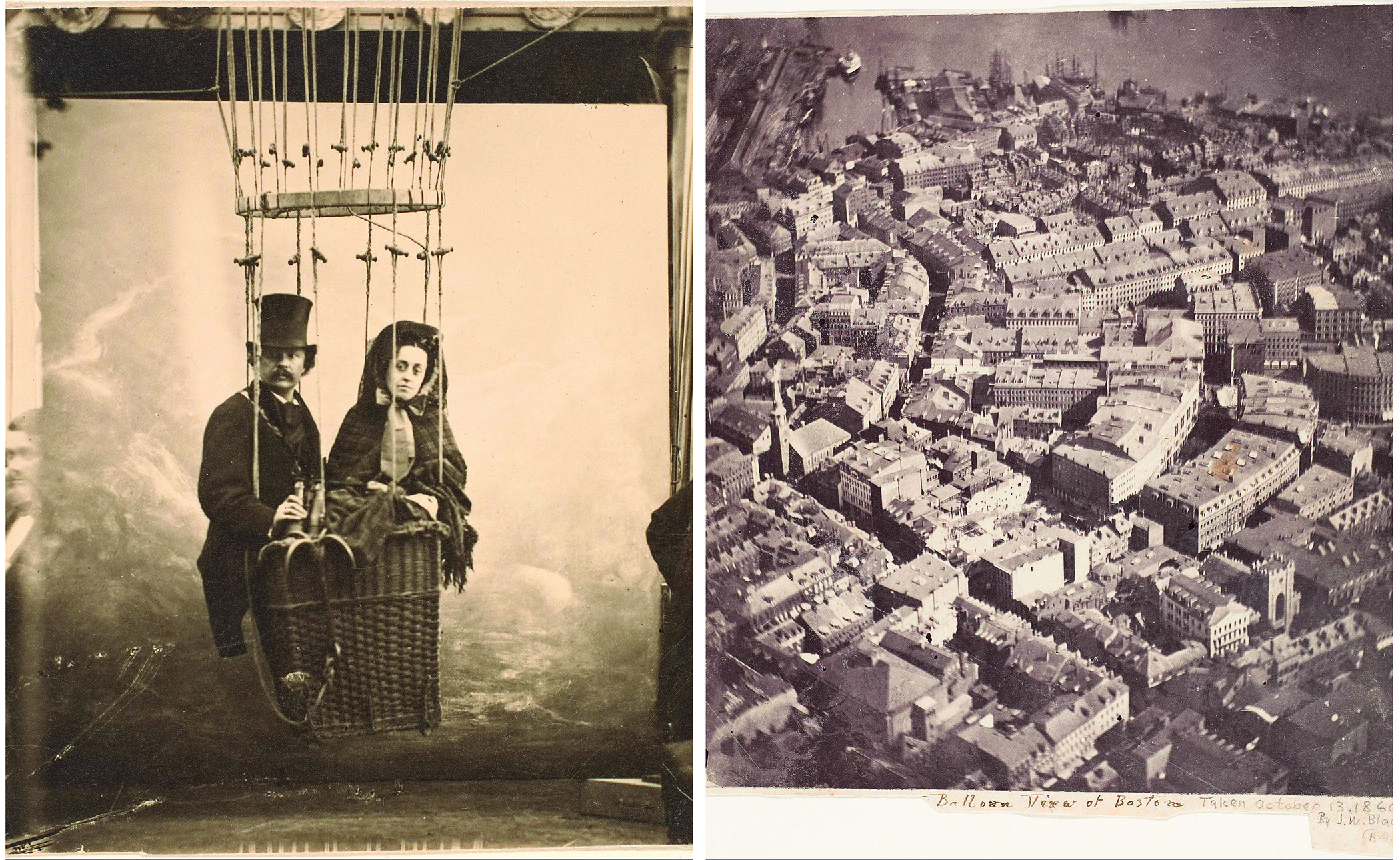
1889
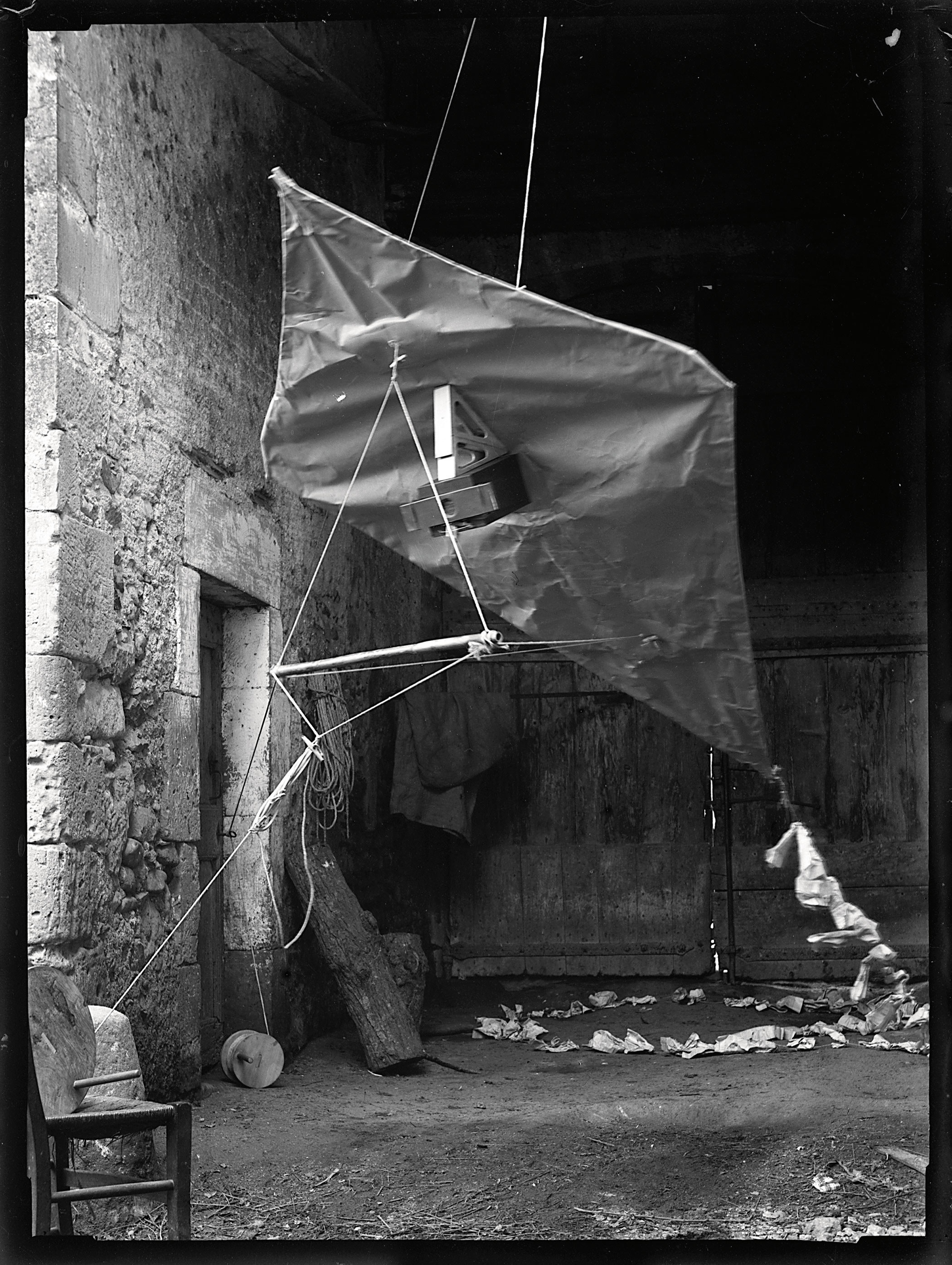
1889
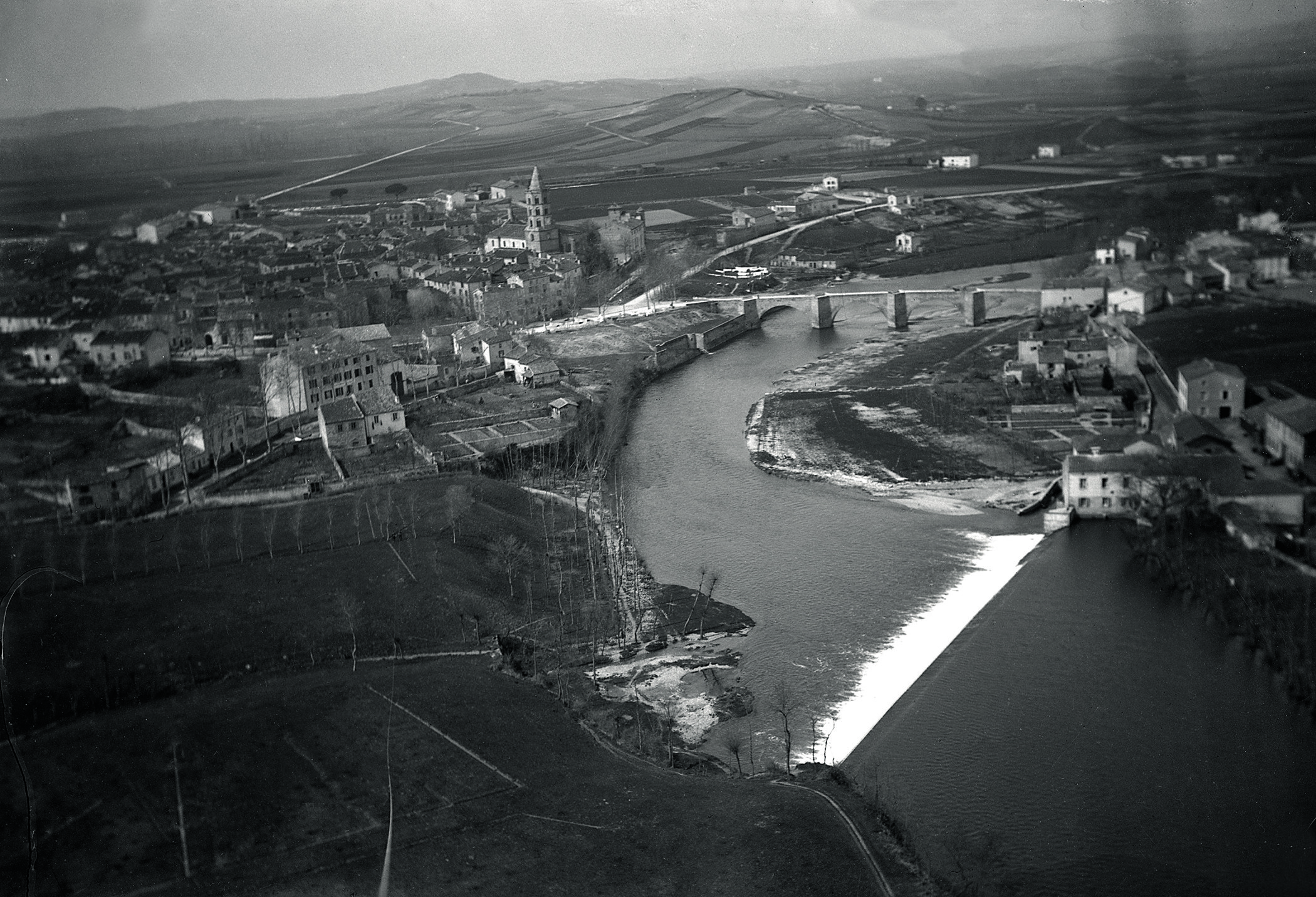
For me personally, I was very interested in the beginning of it all — the pioneers. These were people who would build both planes and cameras. There was no problem that they couldn’t solve. Without these innovations, we wouldn’t have much of the technology we take for granted today, including the tiny cameras on mobile phones in our pockets.
Who were some of these pioneers of aerial photography?
EM: Nadar was a French photographer in the 1800s who is commonly attributed as the first aerial photographer. He would float above Paris in a balloon and took the first-ever photographs of the city from above. There’s a fantastic cartoon of Nadar in the book that shows him in a top hat with his camera, hanging out from his balloon above Paris — this shows you just how edgy it was to do this kind of work.
Many of the first cameras used in aerial photography were also clockwork-based, so photographers could make pictures without the need of actually going up in the air. During World War I, these clockwork cameras were strapped onto the chests of pigeons and flown over the battlefield. The camera was timed to go off while they were flying over the target and when they’d return, you’d hope that the camera went off at the right time for a good picture. The reality is that some days the birds would come back with nothing at all.
1906
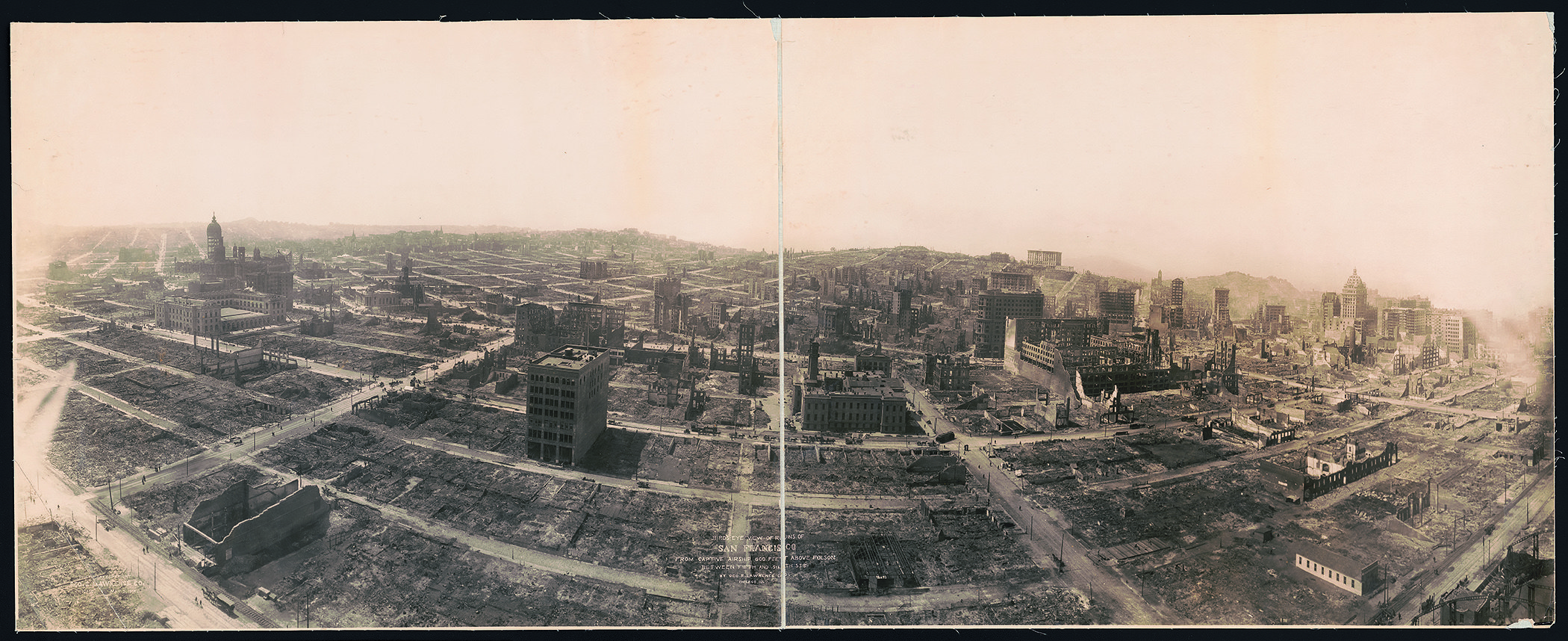
1907

1916
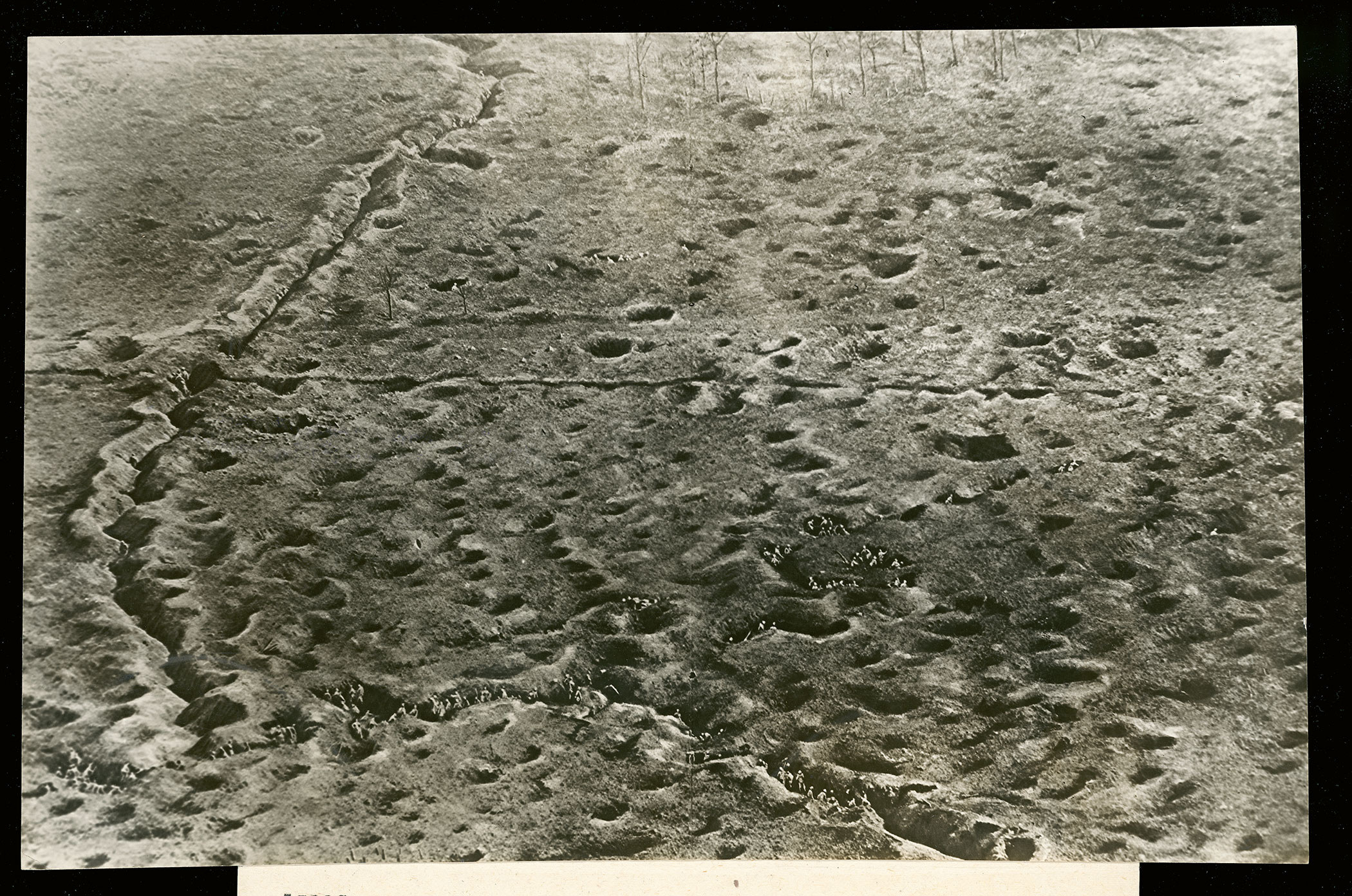
How did aerial photography affect the outcome of major world events in history?
EM: There was a tremendous amount of development during World War II, when aerial photography became a very important tool for all sides. Aerial surveillance became indispensable and was a prerequisite for deciding where to send troops, where to bomb, and in determining if your mission was successful. Each nation was hiring some of the greatest photographers of the day and expand their capabilities at the same time. Also, many of the great photography brands that we know today were gaining their reputations during this time — brands like Leica and Hasselblad, before Nikon and Canon were really players in the market.
For Hasselblad, they were asked by the US several decades after the war to provide the technology that would photograph people on the moon in 1969. They had to adapt their cameras to work with huge gloves and awkward equipment, but they cracked the problem. In time, the camera motors that Hasselblad developed for NASA made their way into consumer hands.
In your opinion, what's the next frontier of aerial photography?
EM: The fact that you can make captures of aerial photography with your personal computer and without ever touching a camera is an enormous advancement. If I had said that a few years ago, you’d think I was crazy!
1930
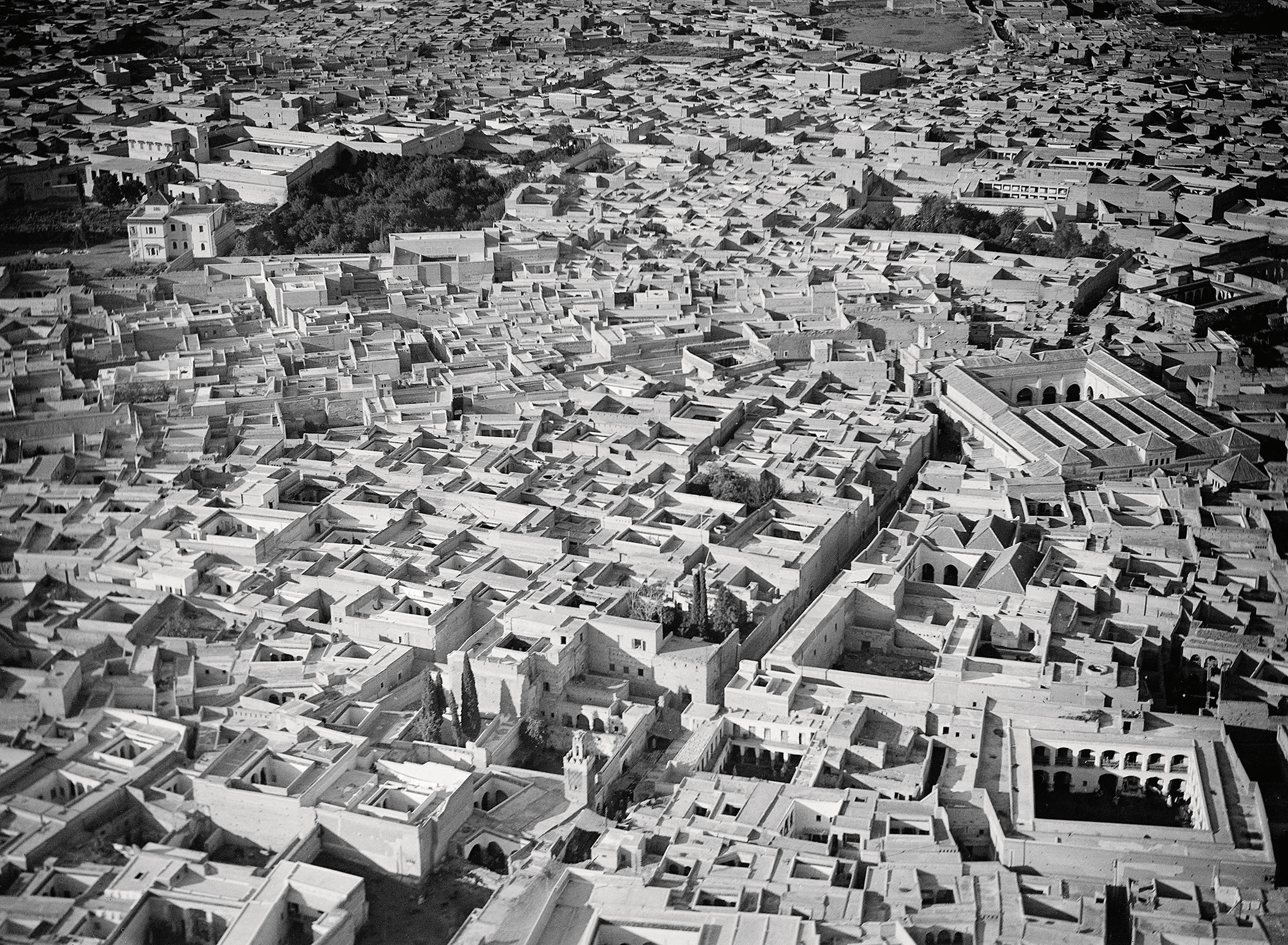
1943–44

1945–46
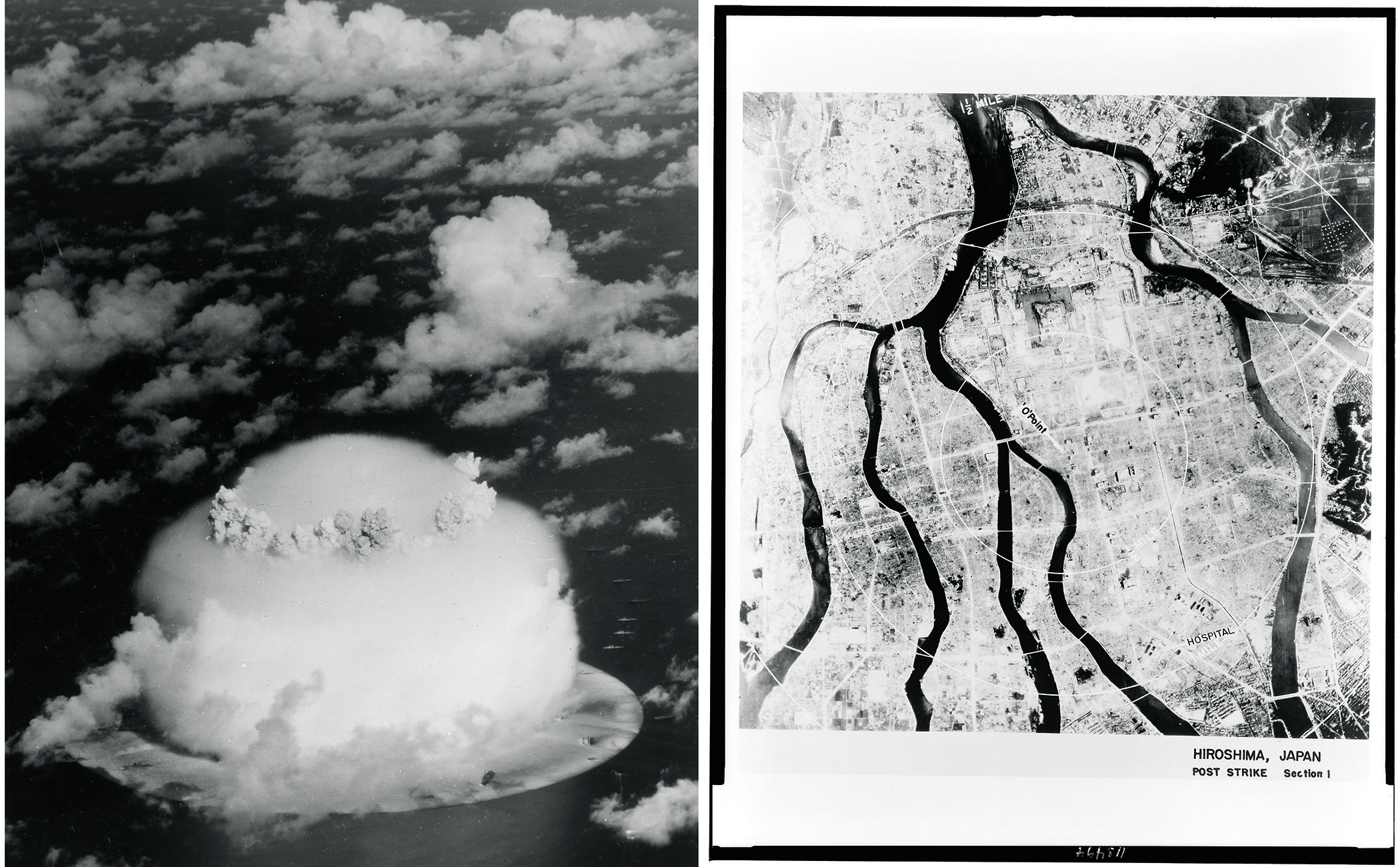
Beyond satellite images, there’s plenty of improvement for drones to optimize their image-making capabilities. Most consumer drones are fairly wide-angled when it comes to the pictures they make, so the next development will be longer lenses on very small drones. That’s the difference between a general view and high-definition close-up.
What do you want people to take away from this book?
EM: Today, a lot of people don’t even know how their cameras work, they just pull out their phone and take a picture. But if you think back at those early years of aerial photography, everything had to be exact — down to the temperature of the camera and film. Can you imagine how cold it is up there and how that would affect your equipment in those early years?
I hope people are intrigued by all of these incredible developments in technology over the last 150 years and realize that without these pioneers we wouldn’t be able to use something as common today as the cameras on our mobile phone. It’s because of these innovators, their development and passion, that we have the technology that have today. I think we owe these individuals a debt of gratitude.
1947
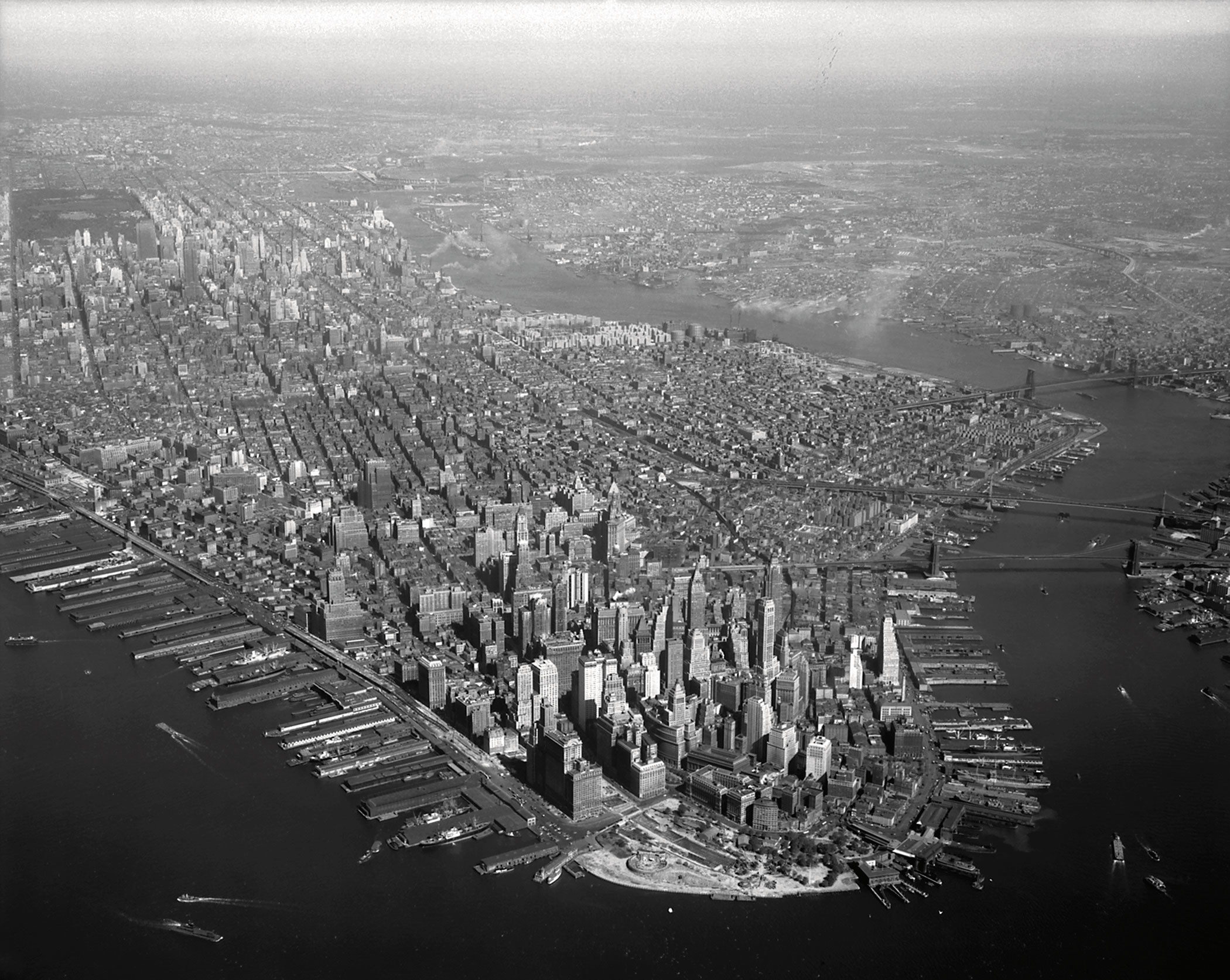
1968
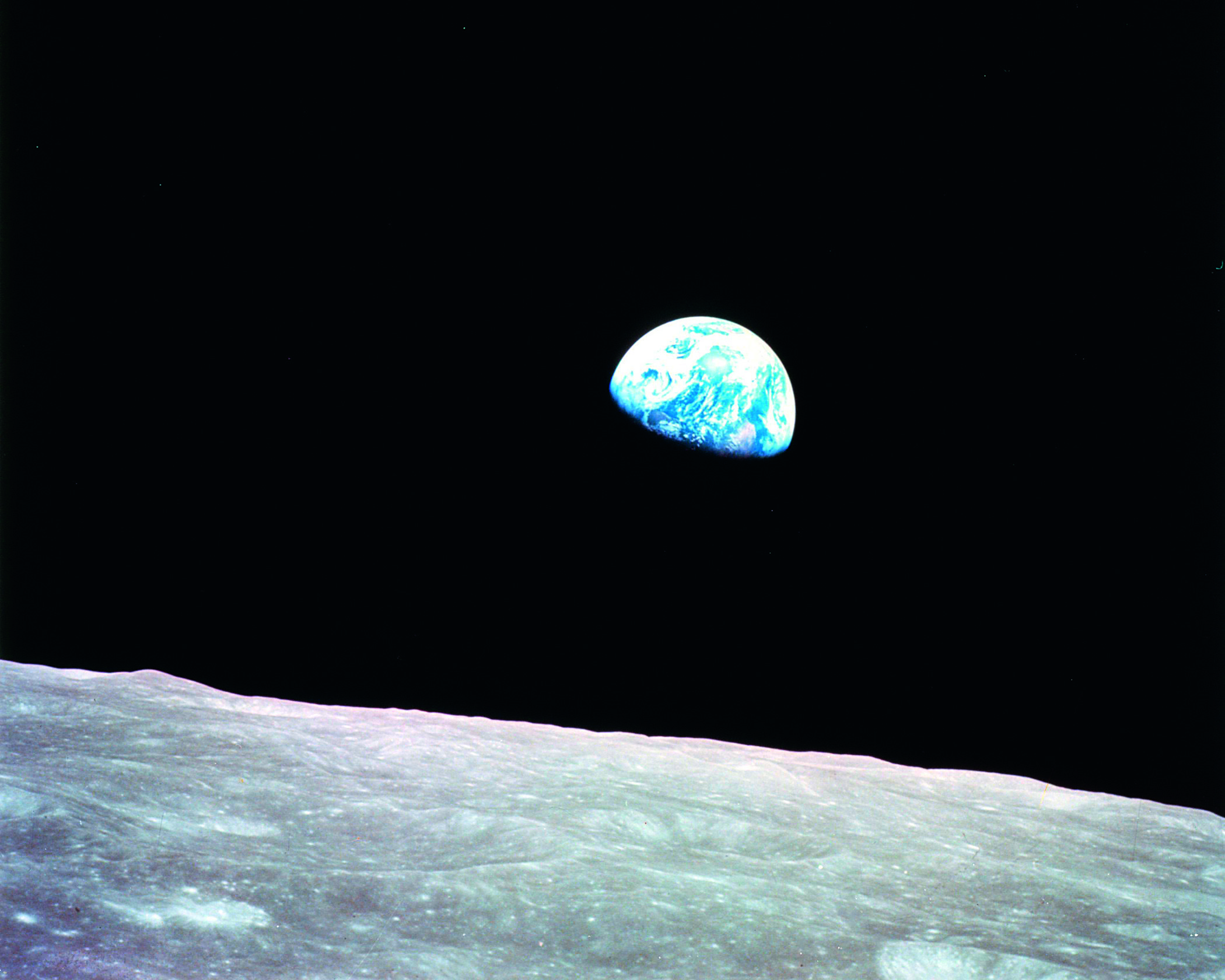
2001
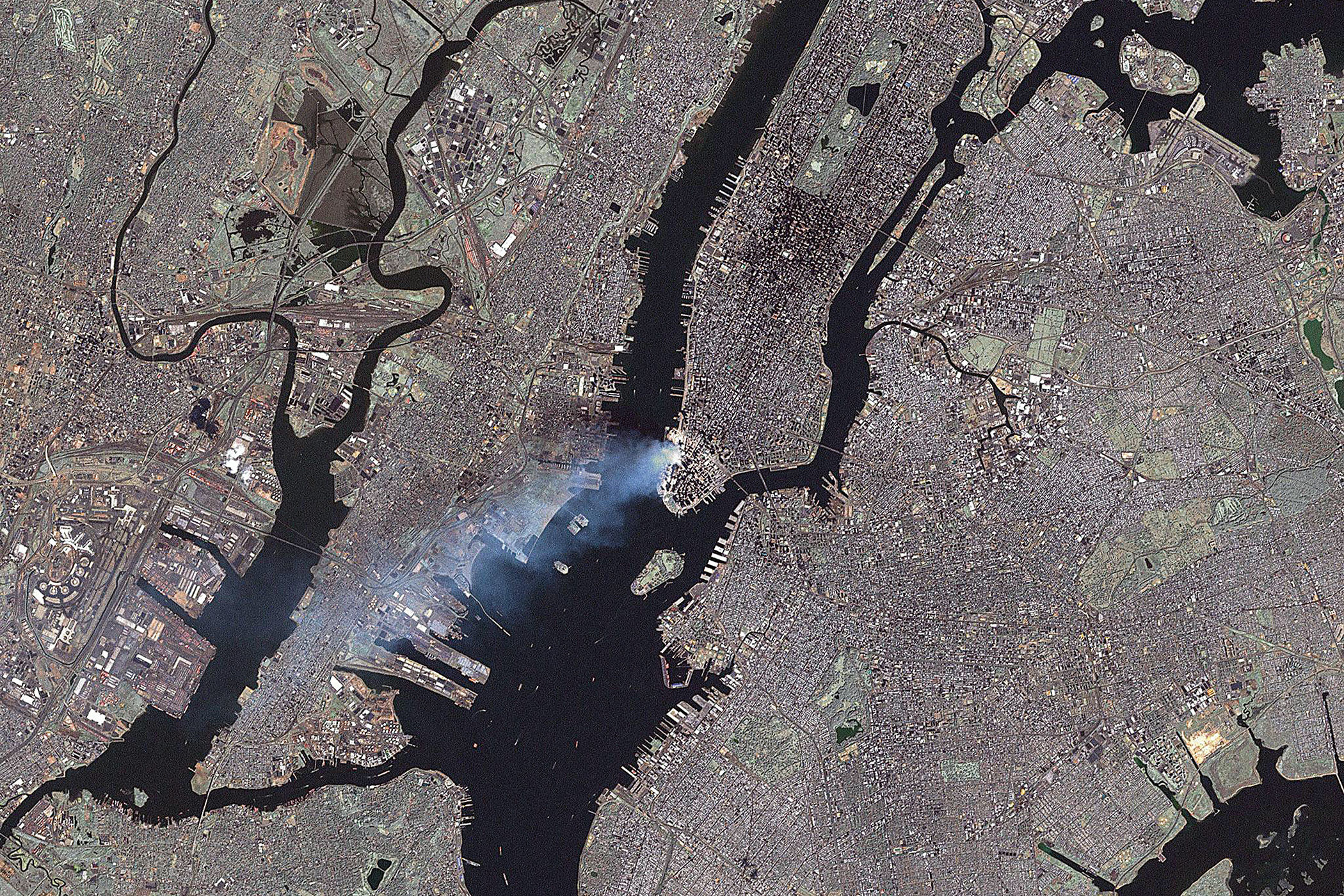
2006
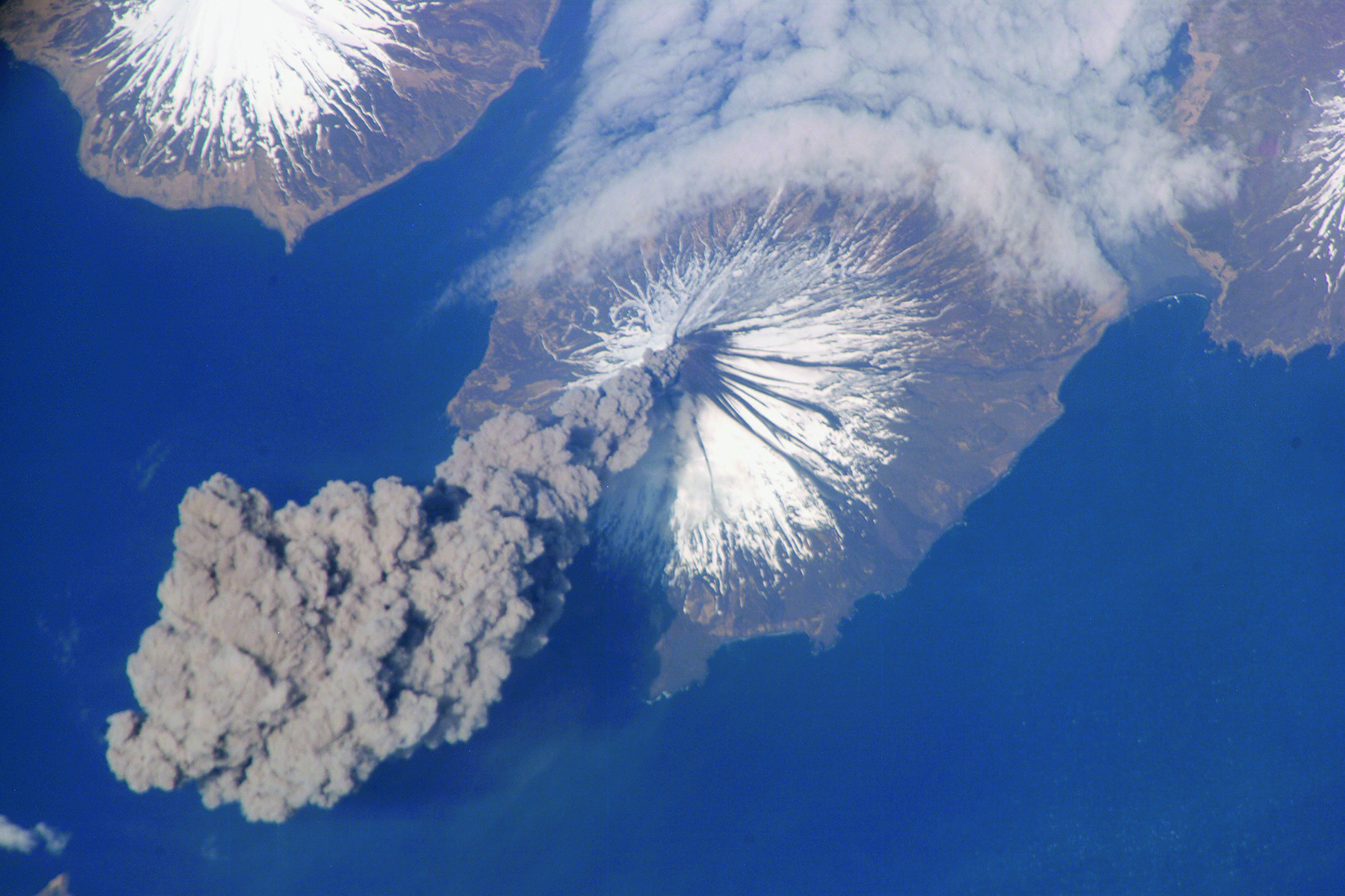
2011
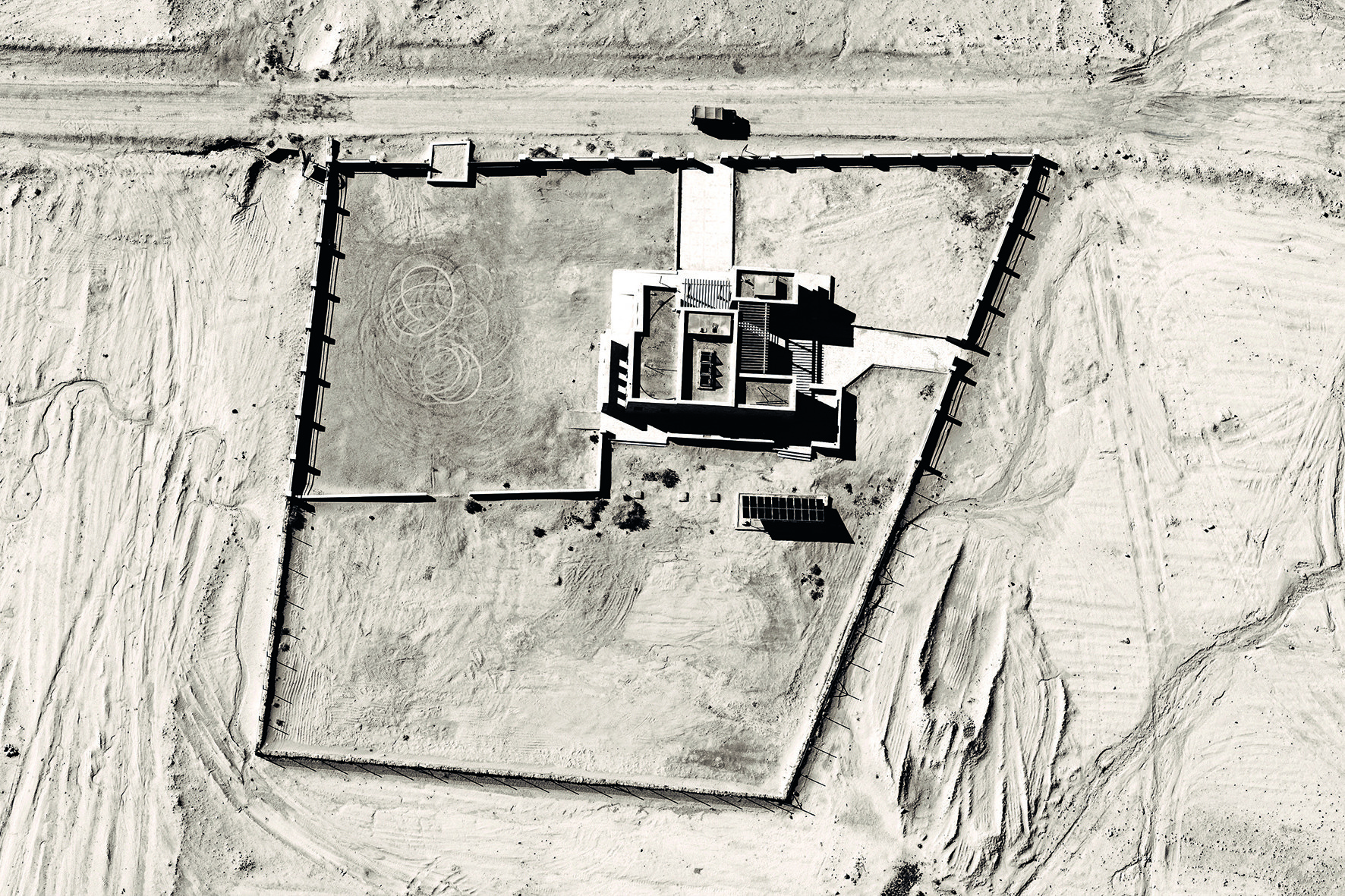
2009–2017
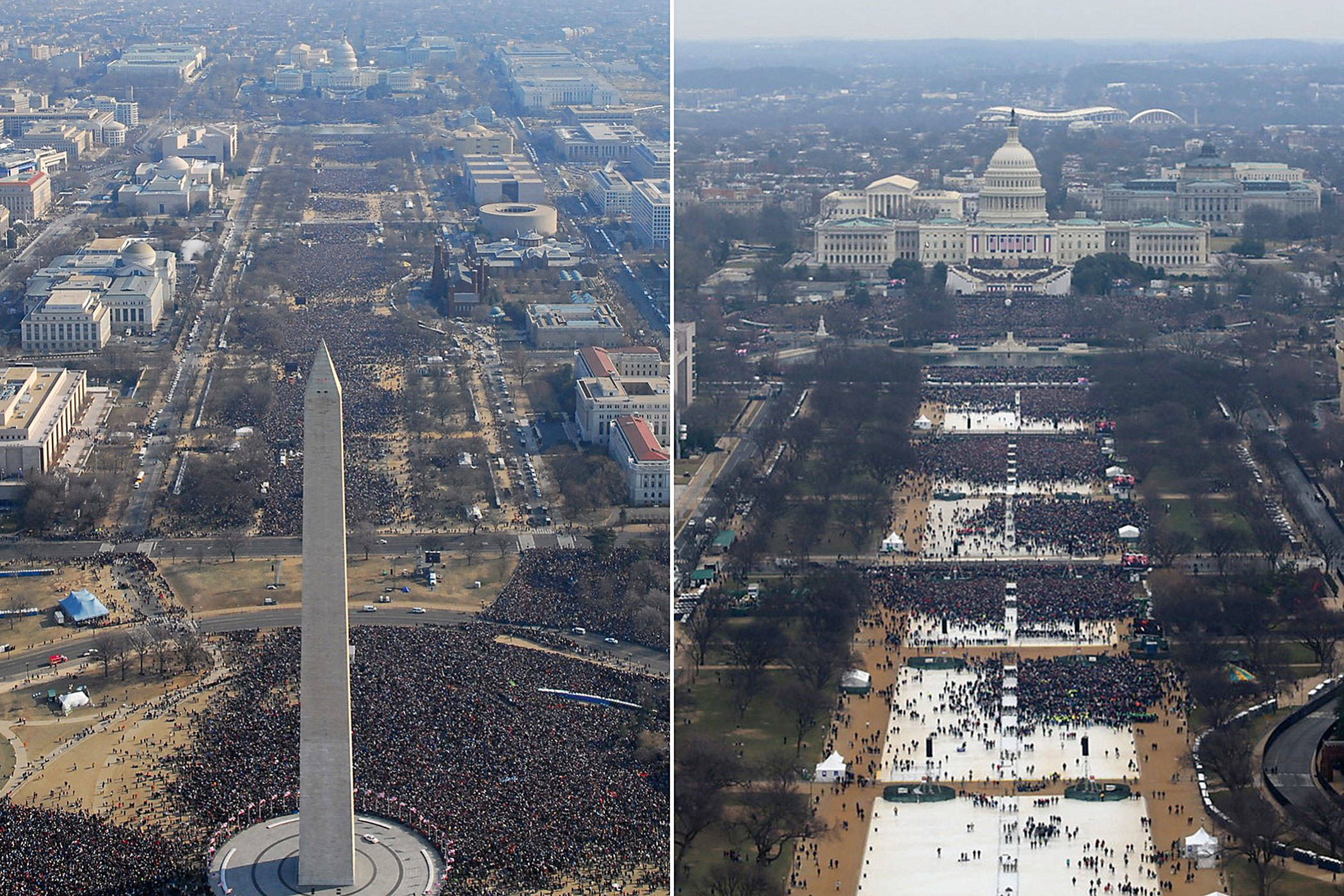
2013
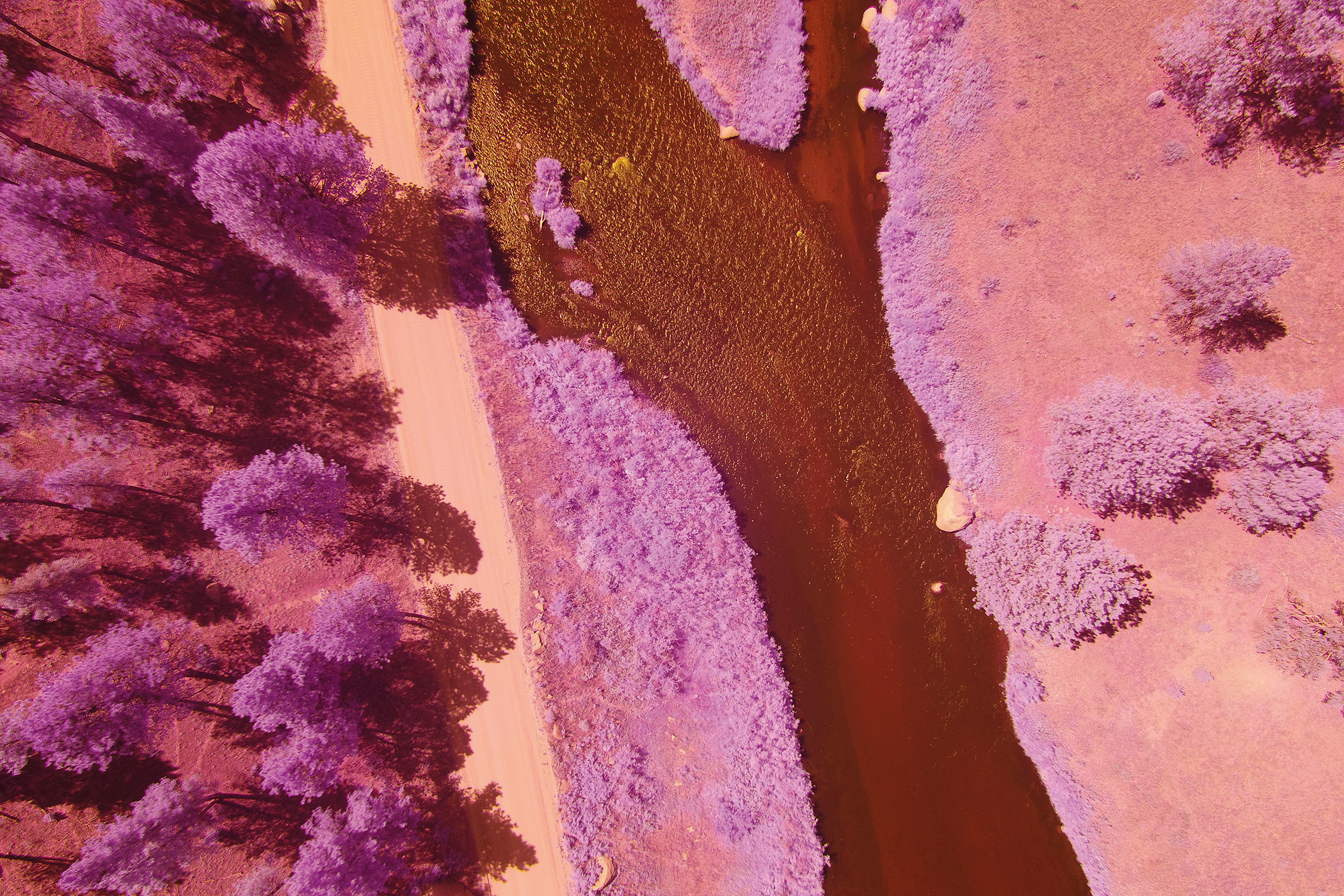
2013


